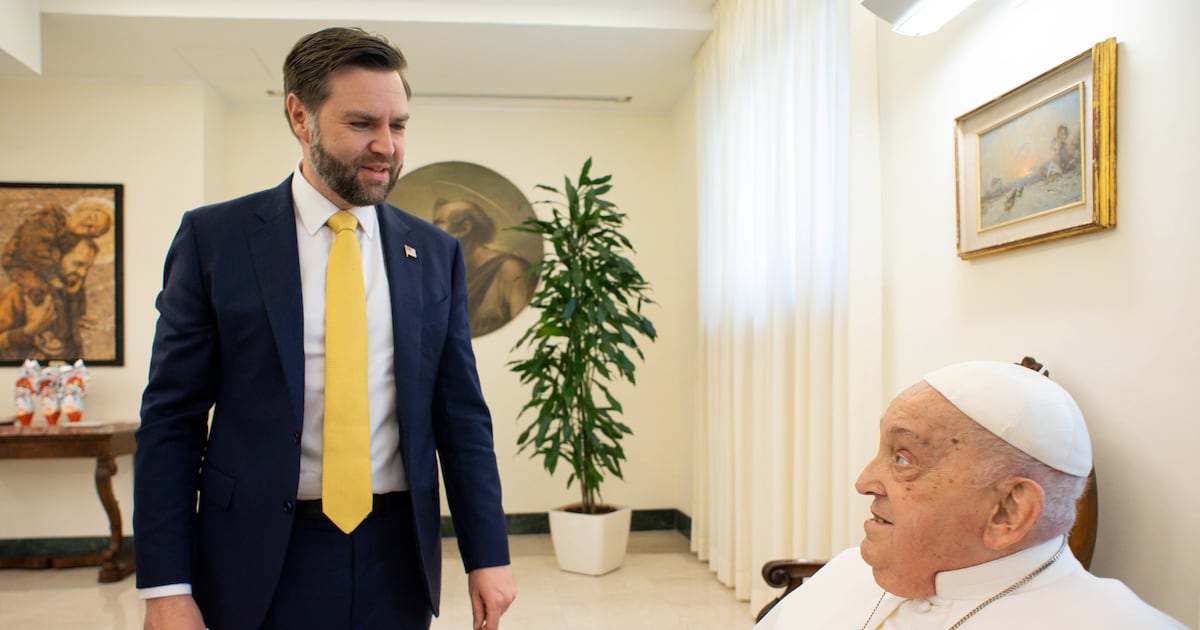AMSTERDAM — “Extremely racist,” mutters Sebastian Maclean, a Mexican with a Dutch wife, as he stares at the Christmas Season decorations in front of his daughter’s Amsterdam primary school.
What could be wrong with good ol’ Saint Nick, known here as Sinterklaas? The answer’s in the company he keeps: not elves or red-nosed reindeer, but a black-faced character known as Zwarte Piet.
Dutch children look forward with huge excitement to December 5, the night before St. Nicholas Day, when the white-skinned white-bearded saint and his black-skinned, red-lipped sidekick, and sometimes a ship full or dusky helpers, arrive bearing chocolate and gifts to all the good little boys and girls of The Netherlands. The tradition dates back at least to the 1850s, and it is such an established part of the Christmas season that many Dutch don’t see it as out of place in the 21st century. But outsiders, generally, are embarrassed or appalled, and so are a growing number of locals.
“I think the whole Sinterklaas thing, not only Zwarte Piet, has a very racist connotation,” Maclean says. “Here’s a white guy on a white horse with the black helpers coming on a boat. The feeling I get as a Mexican is that this is a very racist thing.”
As Amsterdam prepares Sinterklaas, this quintessentially Dutch version of Santa and his helpers has sparked off an increasingly violent debate about the acceptability of the black factotum. Demonstrations have been held in several cities and at least three incidents occurred in which people got into physical fights over the issue.
“I think there would be a greater understanding of the problem people have with Black Piet if there was a better knowledge of our history,” says Sunny Bergman, director of a documentary called “Our Colonial Hangover.” Many Dutch, for instance, know very little about their country’s involvement in the horrific slave trade across the Middle Passage in the 17th and 18th century, when hundreds of African captives would be crammed the hold of a ship under gruesome and deadly conditions.
In Bergman’s film, the trailer for which has been watched more than half a million times on YouTube, she quite literally takes Piet to London as she and a colleague walk around Victoria Park in the East End wearing blackface and trying to explain the Dutch tradition. They watch the shocked reactions of, among others, comedian Russell Brand, some patient but befuddled black Britons and a woman who brandishes a rock, threatening these ersatz Black Piets until they leave the area around a playground.
“Because Dutch people have these childhood memories, they cannot see Black Piet for what it is,” says Bergman.
Stereotypes are hard to shed, as the United States has been forced to remember by the protests and violence in Ferguson, Missouri, and coverage of the death toll suffered by young American blacks at the hands of law enforcement.
But the Dutch have been slow to make the connection between onerous stereotyping and a Santa’s helper whose image harks back to the days of Little Black Sambo and other caricatures that disappeared long ago from the American scene. Sinterklaas and Black Piet are so deeply imbedded in white Dutch childhood nostalgia, filled with presents and chocolate, that acceptance of this image is difficult to overcome.
“In the UK and America it is more commonly understood that black-facing isn’t okay anymore,” says Bergman. “That debate took place in England about 20 or 30 years ago. In that sense we are lagging behind. We have a misplaced idea of being such a tolerant society. If you would eradicate Black Piet, racism would not vanish but as long as it is maintained it means we don’t take the criticism seriously.”
As parents walk through the corridors of their children’s primary school, a throng of dolls with blackened faces stares back at them. Here and there, sparingly, one of the dolls might be purple or green: “Rainbow Piets,” they call them. It’s not a reference to the gay movement but stands for a kind of liberation of its own.
Nirit Peled, an Israeli mother of two in Amsterdam, says she wouldn’t call Black Piet a “hangover,” as if the racism is all in the past. As Peled puts it, “The whiskey bottle is still on the table and people are drunk.”
In the bubble of the primary school the controversy may not have sunk in, but meanwhile, the City of Amsterdam itself has been taken to court because of Zwarte Piet. A judge ruled that Black Piet indeed is a negative stereotype that infringes on the rights of black people in The Netherlands.
“Dutch people try to make out that Piets are ‘helpers’ and dirty because they have been in the chimney, dropping off gifts,” says Maclean, a father of two. “But curly hair, big red lips and always dark skinned? Not so nice.” Indeed, a common racial slur in Dutch is, precisely, roetmop, which means soot mop.
If the Sinterklaas helpers were multi-racial, that would help. “They don’t have to be green,” says Maclean, make the Piets all skin colors, and then it’s okay, with variety and diversity.”






